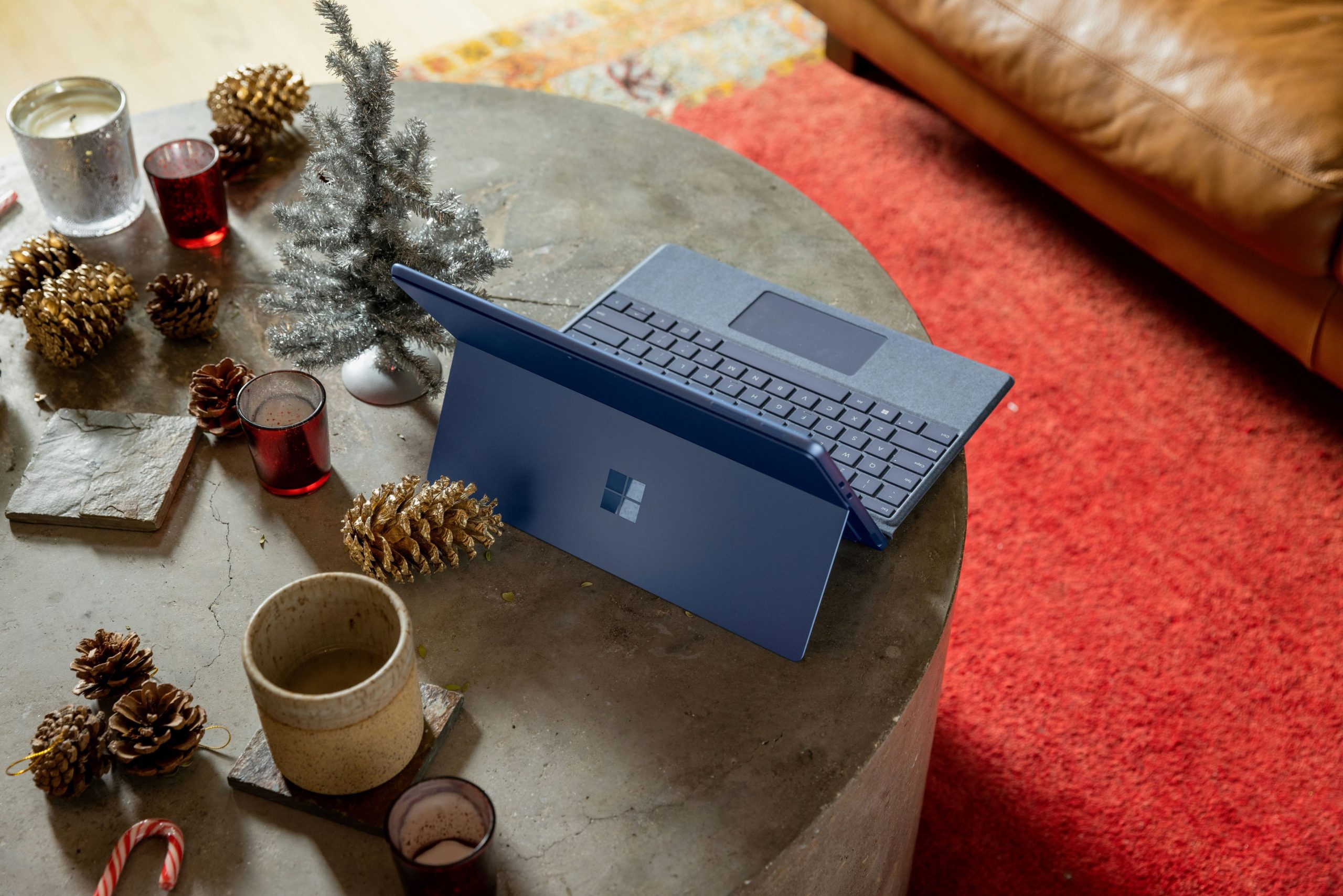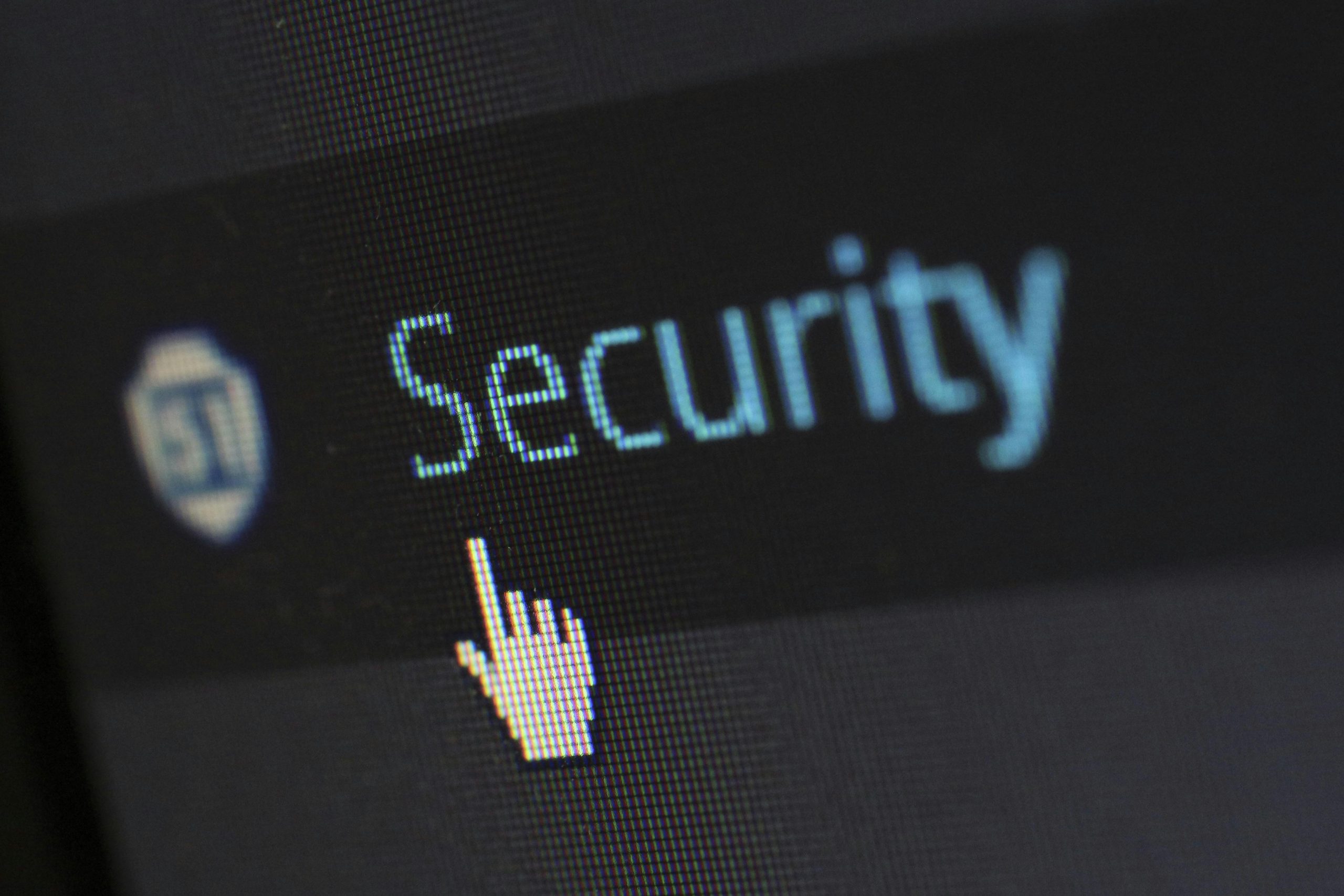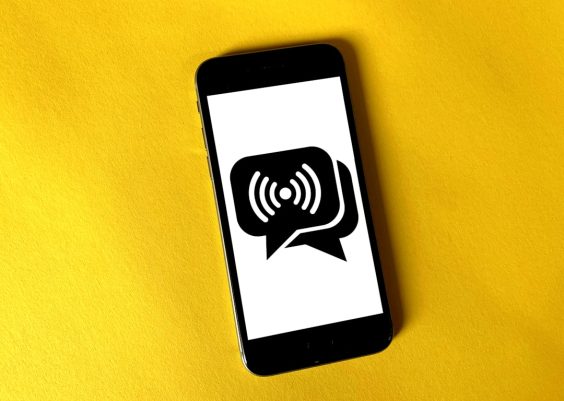Imagine a world where connecting your devices is as seamless as a gentle breeze on a warm day. No more fumbling with wires or navigating convoluted menus—just instant connection at your fingertips. In today’s fast-paced digital landscape, Quick Device Connect emerges as the ultimate solution to streamline our tech interactions, transforming how we sync and share across platforms. This innovative feature not only enhances productivity but also elevates our everyday experiences with technology.
Whether you’re looking to pair your smartphone with speakers for that impromptu dance party or connect your laptop to a projector in seconds for an important presentation, enabling Quick Device Connect can save you valuable time and frustration. In this article, we’ll delve into the step-by-step process of activating this game-changing feature, ensuring that you’re always just one click away from effortlessly linking your devices. Join us as we navigate through the intricacies of connectivity and unlock the full potential of your tech ecosystem!
Contents
What is Quick Device Connect?
Quick Device Connect is a groundbreaking feature designed to streamline the way users interact with various gadgets in their ecosystem. This innovative technology allows for seamless pairing and connectivity between devices, whether it’s your smartphone, tablet, or smart home appliances. By leveraging advanced protocols, Quick Device Connect eliminates the traditional hassles of manual setup and lengthy connection processes, enabling users to focus on what truly matters: enjoying their devices.
Imagine walking into your living room and having your favorite music start playing automatically as soon as you enter the space. With Quick Device Connect, this vision is a reality. It intelligently recognizes paired devices based on proximity and seamlessly integrates them without requiring constant intervention from the user. The underlying tech not only enhances convenience but also promotes a unified experience across diverse platforms—whether you’re gaming on a console or streaming content on your TV.
Moreover, Quick Device Connect reflects an evolving approach to device usability that prioritizes user experience over complexity. As our digital lives become increasingly interconnected, features like this cater to a more intuitive interaction with technology where systems communicate effortlessly behind the scenes. This shift signifies not just innovation but also a commitment to consumer satisfaction in an era where time-saving solutions are paramount.

System Requirements
Understanding the system requirements for Quick Device Connect can drastically enhance your experience with this innovative feature. To fully leverage its capabilities, ensure that your device runs on the latest operating system—whether it’s a mobile or desktop setup. Outdated software may hinder performance or limit functionality, leaving you frustrated as you attempt to connect seamlessly.
Moreover, consider hardware specifications that support optimal performance. Devices equipped with advanced Bluetooth technology and higher RAM configurations not only accelerate connection times but also improve overall reliability during transfers. Additionally, explore compatibility across different platforms; certain features may vary if you’re using an Android smartphone versus an iOS device, making it imperative to check developer notes for specific requirements tailored to your setup.
Lastly, don’t overlook network configuration in your pursuit of perfect connectivity. A stable Wi-Fi connection ensures that Quick Device Connect does not grapple with bandwidth issues during data swaps or collaborations. By aligning these system requirements with practical usage habits—like keeping devices updated and ensuring robust wireless networks—you pave the way for a smoother, more efficient connection experience every time you engage with Quick Device Connect.
Enabling Quick Device Connect
Enabling quick device connect transforms the way you interact with your tech ecosystem, streamlining workflows and enhancing user experience. By leveraging technologies such as NFC (Near Field Communication) and Bluetooth Low Energy, you can initiate connections in seconds, eliminating the frustration of lengthy pairing processes. Imagine walking into a room, and your smart devices instantly recognize you—your music starts playing, ambient lighting adjusts to your preference, and even your coffee maker begins brewing. This seamless integration not only saves time but also allows users to focus on what matters most.
Moreover, the evolution of user interfaces plays a crucial role in simplifying this connectivity. Intuitive design elements, like visual prompts and animated guides within applications—enables users of all skill levels to activate quick device connect features effortlessly. When manufacturers prioritize user-centered design in their software updates or hardware interfaces, they create an inviting environment that encourages exploration rather than confusion. Embracing artificial intelligence further aids this process; by learning based on past connections and preferences, devices can autonomously suggest optimal setups for varied scenarios.
Ultimately, quick device connect isn’t just about speed—it’s about creating an interconnected lifestyle where technology adapts seamlessly to our everyday habits. The more we enable ourselves with these innovative capabilities, the greater our potential for personalized experiences that enhance productivity and enjoyment alike. As adoption increases across various platforms and devices, imagine a future where connection is as spontaneous as life itself; enriching our moments while we effortlessly glide through them.

Troubleshooting Common Issues
When enabling Quick Device Connect, you might encounter a few common hiccups. One prevalent issue is device compatibility; not all devices support this feature, which can lead to frustration when attempting to connect. Always ensure both your device and the peripheral you’re trying to connect are compatible and that their firmware is up-to-date. Checking for recent software updates can often resolve connectivity glitches that may arise.
Another frequent hurdle involves connection stability. If you’ve successfully paired your devices but find them disconnecting unexpectedly, it could be due to interference from other wireless signals or environmental factors. Positioning both devices closer together while mitigating obstructions like walls can dramatically enhance connection reliability. Additionally, turning off features like Bluetooth on unused devices nearby helps minimize competing signals, ensuring a smoother experience with Quick Device Connect. Engaging in these troubleshooting practices not only resolves issues but also deepens your understanding of how technology interacts seamlessly in our daily lives.
Tips for Optimal Performance
To achieve optimal performance with quick device connections, consider the benefits of regular software updates. Keeping your devices and applications up to date not only enhances security but also ensures compatibility with a range of connectivity options. This minimizes lag time and fosters an efficient environment where devices communicate seamlessly.
Another crucial aspect is to manage your network settings intelligently. Prioritize bandwidth for essential applications by utilizing Quality of Service (QoS) features available on many routers. This simple adjustment can significantly enhance the speed and reliability of device connections, especially in homes with multiple users or smart devices active simultaneously.
Lastly, take advantage of advanced protocols like Wi-Fi 6 or Bluetooth 5.0, which are specifically designed to improve connection speeds and stability across numerous devices at once. Investing in compatible hardware might seem costly upfront, but the long-term benefits far outweigh the initial expenditure when it comes to maintaining a smooth and responsive digital ecosystem. By implementing these strategies, you’ll find connecting your devices becomes quicker and more efficient than ever before.

Security Considerations
When enabling Quick Device Connect, security should be a top priority. While the convenience of seamless connections is appealing, it’s imperative to understand the potential vulnerabilities that come with it. Ensure that any device you connect to has been authenticated and authorized within your network. This will guard against unauthorized access and protect sensitive data that may be exchanged during these sessions.
Moreover, consider utilizing encryption protocols for any data transferred between devices. By encrypting the communication channel, you significantly reduce the risk of interception by malicious actors. Regularly update both your devices and connection software; security patches often address new threats and vulnerabilities that could compromise your setup. Lastly, always have proactive monitoring in place; this allows you to detect unusual activity in real time, ensuring your connected environment remains secure while enjoying the benefits of quick connectivity.
Conclusion
In a world where seamless connectivity is increasingly vital, enabling Quick Device Connect not only enhances user convenience but also enriches the overall digital experience. As we’ve explored, this feature simplifies the way devices communicate, fostering a more integrated and harmonious ecosystem. Many users overlook the profound impact of streamlined connections; it’s about maximizing efficiency while minimizing frustration—transforming everyday tasks into effortless interactions.
Moreover, as the Internet of Things (IoT) continues to expand, Quick Device Connect serves as a bridge between innovation and usability. It empowers both individuals and businesses to stay ahead in an ever-evolving tech landscape by ensuring that every device is just a click away from collaboration or content sharing. This adaptability paves the way for greater creativity and productivity, reinforcing the notion that technology should serve as an enabler rather than a barrier.
As you embark on your journey toward enabling Quick Device Connect, remember that staying proactive means embracing change with open arms. Continuous exploration of new features will not only enhance your current setup but can also inspire future innovations tailored to meet your specific needs. With every connection you make, you cultivate an environment ripe for growth—one where every device works cohesively to reflect our dynamic lifestyles.




